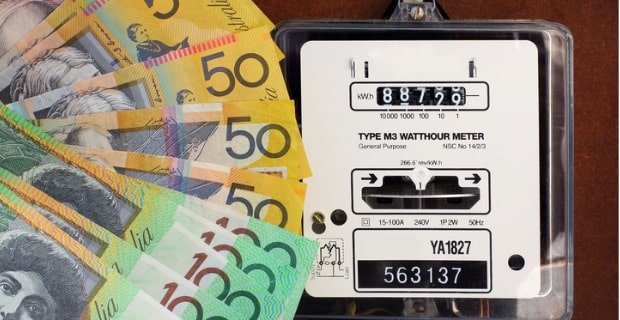The Morrison Government yesterday announced its blueprint to reduce electricity prices for consumers.
The plan, titled “A Fair Deal on Energy”, outlines how the Federal government’s new measures could save families and businesses hundreds of dollars a year on their electricity bills.
The plan is based on reports that found the energy market was not acting in consumers’ best interests. This includes customers who are paying too much simply by staying loyal to one provider.

Here’s a rundown of what the government hopes to achieve:
- End price gouging by large energy companies – such as by stopping penalties for late payments and cracking down on anti-competitive practices.
- Back new power generation investment through the ‘Underwriting New Generation Investments’ program.
- Support energy reliability. This involves getting energy companies to sign contracts that guarantee supply.
- Direct the ACCC to monitor electricity prices to 2025 and empower it to recommend enforcement methods.
- Increase the Australian Energy Regulator’s powers to investigate market manipulation.
- Increase wholesale electricity market transparency.
- Introduce penalties of up to $10 million for breaches of national energy law.
The government has also given the energy regulator until 30 April 2019 to introduce default prices.
Reduce electricity prices through solar
Of course, consumers can also save hundreds per year on their electricity through a rooftop solar installation. In addition, a solar battery can boost energy reliability by storing excess power generated during daylight hours for use after dark.
Another way to save on power costs is through a voltage regulator. As more households and businesses install solar panels and feed their excess power generated back to the grid, the risk of power surges increases. This can potentially damage appliances and solar inverters.

Households can also lower electricity bills by using a voltage regulator, and a new one is now on the Australian market.
The EdgeIQ ensures appliances run on no more than 220 volts, even during voltage surges. This in turn can reduce a household’s consumption by up to 12 per cent, simply by protecting it from high grid voltages.













































